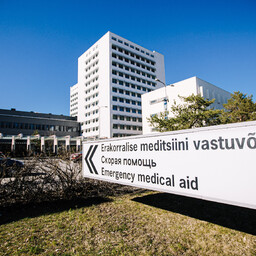Hospital emergency departments are operating in the same way as before the fee increase. The number of patients visiting emergency departments has not significantly changed. At the North Estonia Medical Centre, a change in the types of visits has been observed. Older patients prefer to go to their family doctor, where the service is free. Younger patients come to the emergency department with minor issues and wait for a long time.
PERH sees over 200 patients pass through the emergency department daily. About half arrive by ambulance. More than half are people who came on their own with minor health concerns. Since May, PERH has started a new system where patients with minor issues receive assistance from specialized nurses. This helps reduce the workload of doctors.
At Ida-Tallinna Central Hospital, the fee increase has had no impact. In the summer, there are more patients when family doctors are on vacation and people engage in more sports. ITK is also developing specialized nurse consultations to reduce the workload of doctors.
Both hospitals hope to direct patients with minor issues to family doctors after a triage nurse's assessment. This still needs coordination. In Pärnu Hospital, there are more traumas, heatstrokes, and alcohol abuse cases in the summer. More patients also arrive due to social problems.
At Tartu University Hospital, more minor cases are being directed to specialized nurses. People also turn to the emergency department for coughs and colds because they are afraid of pneumonia. It is difficult to get an appointment with a family doctor, so people come to the emergency department.
It is important that people know what issues to address at the emergency department and how to get in touch with a family doctor. The first contact with a family doctor is usually with a nurse, who can be reached by phone or email.

